Utilities: The power to adapt
31 March 2021
Utility construction firms know how to deal with changing conditions – a useful skill in these challenging times
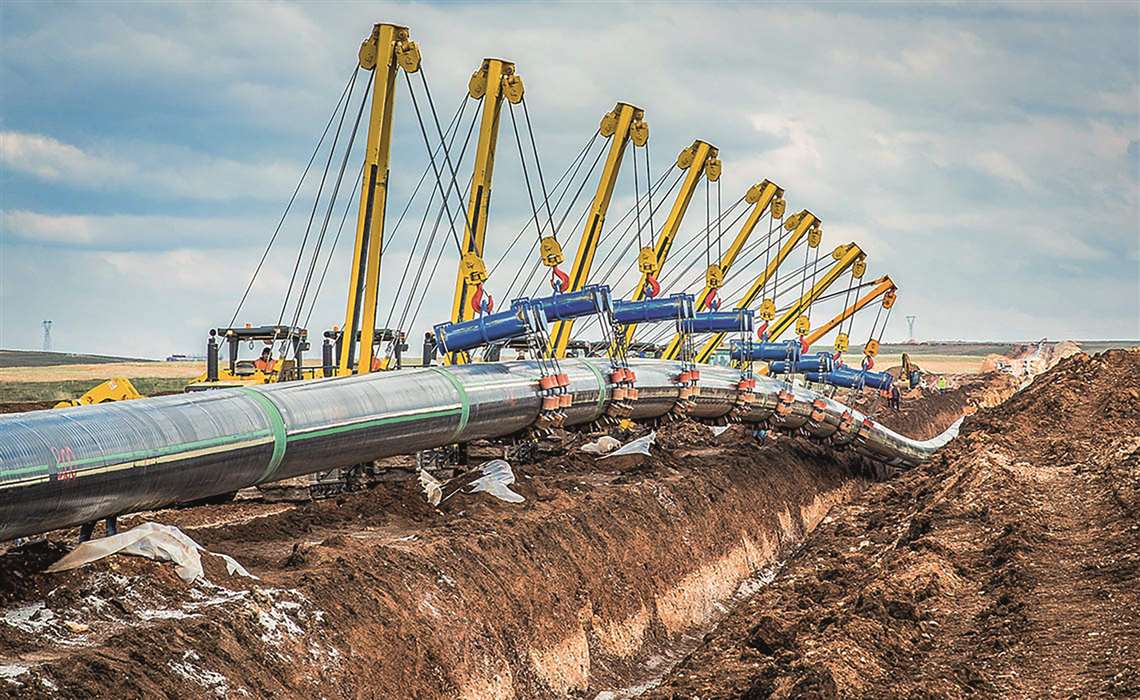 One of the world’s largest ever utilities projects, the Southern Gas Corridor, was completed in December 2020 / Sicim.Eu
One of the world’s largest ever utilities projects, the Southern Gas Corridor, was completed in December 2020 / Sicim.Eu
At the height of the Covid-19 pandemic, although utilities companies were largely continuing to progress construction projects, they faced a number of major challenges, with the supply chain interrupted by multiple lockdowns and on-site social distancing measures slowing progress on projects.
Many utilities companies also took a painful hit as demand for industrial power was significantly reduced on a worldwide scale.
Now, as Europe looks to pull itself out of the economic difficulties brought about by the crisis, large-scale infrastructure projects are taking centre stage. And, wherever there are major road development schemes, urban regeneration or rail network projects, there will also be the installation of utilities.
We are looking forward to a return to normality, but it will be the ‘new normal’ and only businesses ready to adopt the most efficient, productive and sustainable methods of operation will survive.
The new normal
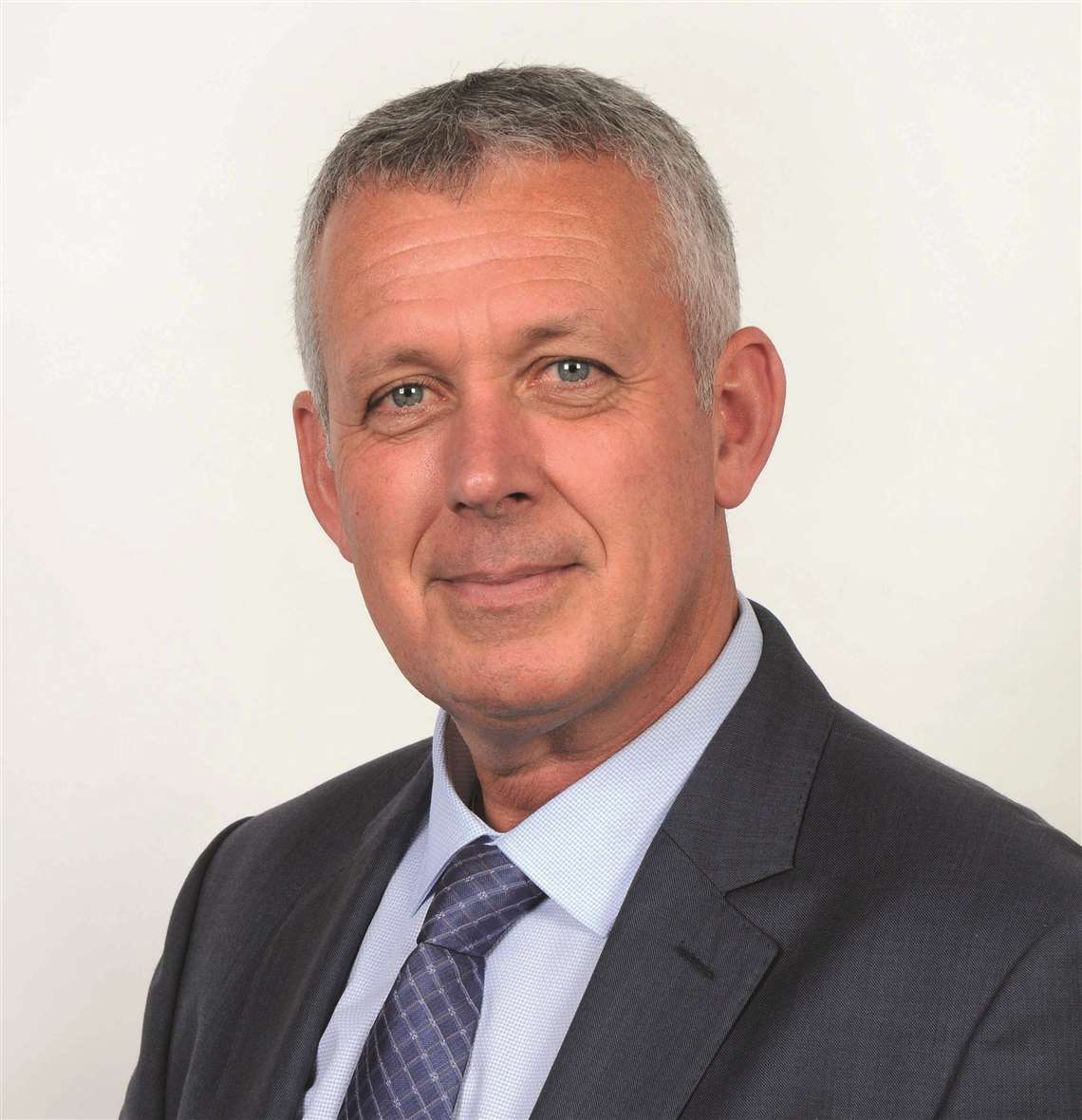 Blu-3’s operations director, Gerry Curran.jpg
Blu-3’s operations director, Gerry Curran.jpg
Gerry Curran, operations director at the UK-based utility infrastructure specialist blu-3, told CE he is encouraged by possibilities for the future of the utilities industry, saying it had, in the main, “continued to operate during the pandemic; something many others have not been able to do. Many planned large-scale projects remain in place and it has been proven that the industry can remain operational. The sector has seen the speed of innovation and digital working expediated, which in turn can bring efficiency savings. Being flexible, agile and adaptable will continue to be more important than ever for success in the industry.
“Despite it feeling like sustainability has been on the back burner during the crisis,” he added, “it must be noted that we have seen dramatic improvements throughout the industry that set an encouraging precedent going forwards.
“The pandemic has challenged a lot of what we thought we knew about delivering utilities projects efficiently and, in some respects, has accelerated innovation and the transition to a low carbon economy. We are seeing professionals become more productive and have a better work-life balance through remote working and managing projects digitally, which certainly points to better ways of working in the future.”
The green challenge
In line with the Green Deal policies of the EU, with its goal of a carbon neutral Europe by 2050, utilities companies are looking forward to a future that increasingly incorporates green energy.
At the same time, many of their preferred construction companies are shifting to greener equipment, wherever possible.
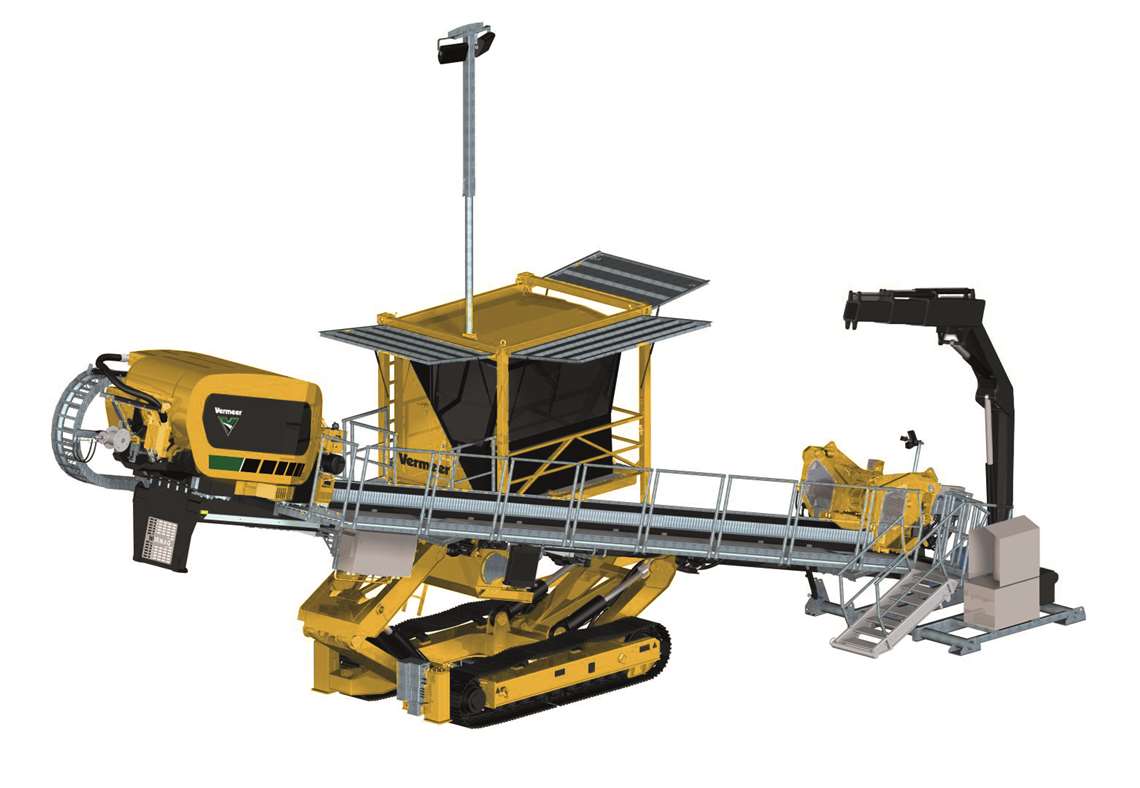 Vermeer plans to harness Normag technology and fast-track the development of an electrically-powered HDD rig
Vermeer plans to harness Normag technology and fast-track the development of an electrically-powered HDD rig
While we are increasingly seeing fully-electric equipment produced for use on urban construction sites, large-scale utilities projects and electric equipment do not necessarily seem like a natural fit.
Nevertheless, equipment manufacturer Vermeer recently acquired electric-powered horizontal directional drilling (HDD) and fluid systems technology from the Dutch company Normag.
The deal gives Vermeer the rights to develop, manufacture and distribute fully electric HDD rigs, generator sets and fluid management systems, which are currently operating across Europe under the Normag brand.
According to the company, the acquisition is a key part of Vermeer’s strategy to meet growing demand for electric-powered worksite solutions.
The Normag electric HDD technology offers an integrated electric power system that optimises efficiency across the generator set, drill rig and fluid management systems during operations. When connected to the electric grid, the system can operate as a fuel-free system.
Vermeer’s president and CEO, Jason Andringa, said, “With this technology already proven in operations across Europe, our Vermeer team can now fast-track an electric HDD offering that helps operators better control their cost of operations and worksite impacts through reduced fuel use, near-zero emissions, limited noise and an overall smaller rig footprint.”
Vermeer will focus first on introducing the products to the European customer base to support large-diameter underground infrastructure projects.
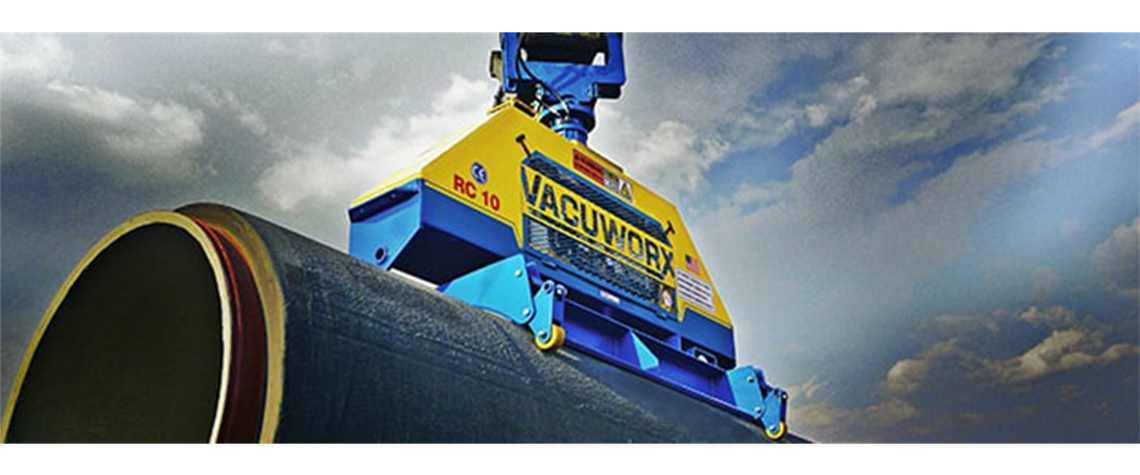 Vacuworx’ upgraded RC series of vacuum lifting attachments can pick up pipes weighing up to 25 tonnes
Vacuworx’ upgraded RC series of vacuum lifting attachments can pick up pipes weighing up to 25 tonnes
Alternative lifting tech
Electricity is, of course, far from the only technological development made in the world of construction in recent years.
Vacuum lifting has also become extremely popular on utilities projects, due to the advantages it brings in terms of both speed and safety, as the method negates the need for hooks and chains, which can be time consuming to fit and bring workers into the proximity of moving equipment.
Instead, a vacuum attachment, often fitted to an excavator, is placed directly onto a pipe section, before a vacuum seal is created, allowing the pipe to be lifted.
Vacuum lifting specialist Vacuworx recently upgraded its flagship RC series of lifting systems. As well as a number of engineering updates, the attachments, which can lift up to 25 tonnes, now incorporate a CAN (controller area network) bus system, providing real-time diagnostics and enhanced safety features.
The CAN bus allows internal devices on the machine to communicate with each other, without the need for a host computer, monitoring performance and diagnosing faults or problems.
A dashboard gauge will show operators error codes for oil, fuel and pressure levels, as well as offering information such as number of lifts and engine hours.
The adapter used to connect the lifting attachment to the host machine has been upgraded with removable top caps, allowing for simpler positioning of the adapter pin.
Hydraulics adjustment on the lifter has also been made easier by the addition of a flow control block, which puts the flow controls within easy reach of the operator.
World-beating project
While utilities are often attached to larger infrastructure projects, they can themselves represent some of the largest projects in Europe. The recently completed Southern Gas Corridor (SGC) is a good example, with a dozen major energy companies working to develop what is said to be the world’s single largest non-military infrastructure project.
Running some 3,500km, from the Shah Deniz gas field in Azerbaijan’s Caspian Sea to Italy, the SGC network has taken 13 years to complete, with a bewildering array of stakeholders involved to bring the project to fruition.
Apart from numerous governments and multinational corporations, a vast number of local companies played their part, as well as numerous communities along the route.
Clearly, on a project of this scale and importance, diplomacy skills play as great a role in driving things forward as engineering prowess.
An example of the engineering challenges faced was when the Trans Adriatic Pipeline (TAP) element of the project had to cross the Accursed Mountains in Albania. At 2,100m above sea level, it became impossible to dig a trench deep enough for the pipe, so the team instead built a 450m-long micro-tunnel, with shafts dug to 35m into the mountain.
Now completed, the €33 billion SGC has the capacity to transport enough gas to supply seven million households a year. At the height of construction, the project employed some 30,000 workers.
Trencor tech maximises efficiency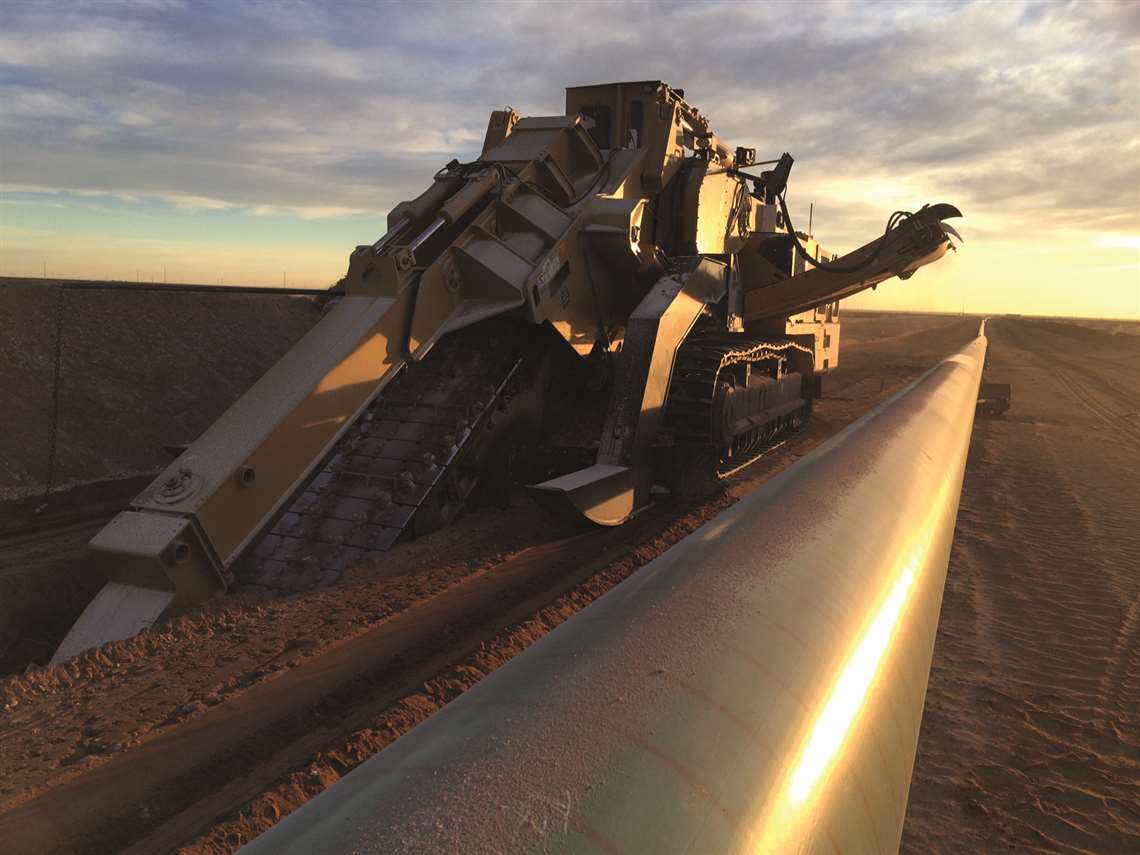
The Trencor T16 trencher is built to combat the challenges of today’s large-diameter pipeline installation projects. Designed with ideal weight, power and size, the T16 maximizes productivity for a wide range of trenching applications, including water and sewer, power transition and oil and gas distribution. With a 950hp engine, a mechanical digging chain drive and digging chain options with widths up to 60” (1.52M), the T16 is built to withstand the toughest soil and hard rock conditions with ease. The T16 is equipped with telematics for remote monitoring and support, allowing operators to more easily manage their fleet and provide timely maintenance. The T16 is also equipped with Mechanical Drive to reduce tooth wear and a crumb shoe to ensure a clean trench for easy installation of products – all of which allow for optimal operator efficiency. |
Bobcat aids Belgium’s broadband rollout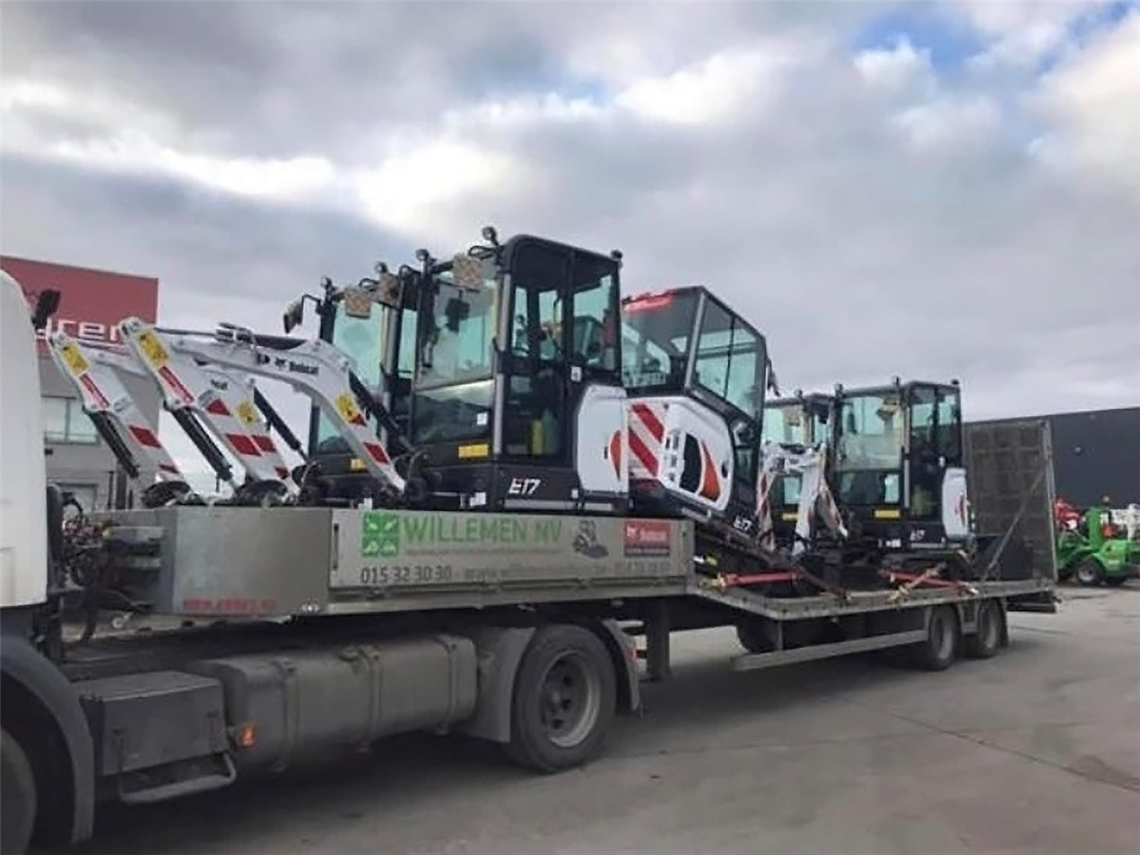
In an effort to boost its efficiency, Belgium’s largest mobile telecommunications companies, Proximus, recently took delivery of 80 Bobcat E17 mini-excavators, as the country looks to roll out a fibre optic cable network to support super-fast internet. The Bobcat machines were selected following a tender process. Proximus called on OEMs able to supply excavators that boasted a combination of solid performance and reliability, while maintaining compact dimensions, to cope with cabling in often relatively inaccessible spaces. The width of the E17’s undercarriage can be retracted hydraulically to 98cm, allowing it to pass through narrow gates and openings, before being expanded again to a larger width for boost stability when working. The machine has a 10.2kW engine, an operating weight of 1,700kg, maximum reach of 3,900mm, a bucket digging force of just over 16,000N and a minimum turning radius of 1,120mm. The E17, which has a breaker as standard, offers two driving speeds, allowing it to travel quickly between projects, while inside the cab, operator comfort is boosted by the addition of an air-suspension seat. |
Mastenbroek truck supports utilities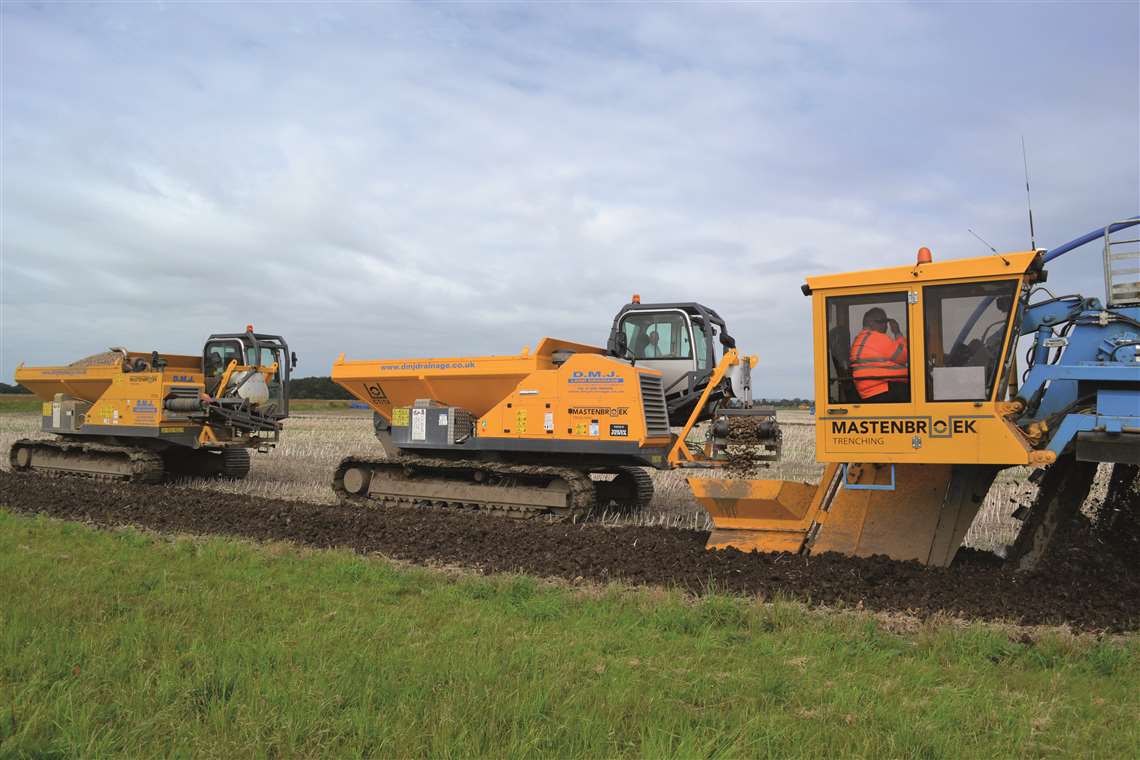
Mastenbroek, the UK-based manufacturer of self-propelled trenchers has updated its CT12 crawler truck with a Volvo Penta D8 engine, along with improved access for on-site service and maintenance. The truck was originally produced in 1983, to install backfill for sub-surface land drainage, and has undergone numerous upgrades, with the latest version offering low ground pressure and high tracking speeds across challenging terrain. The CT12 features a discharge conveyor system, able to place backfill material either directly into a trench or into a hopper mounted on a trencher. The variable-speed conveyor can swing through 180 degrees, allowing for left- or right-hand discharge, from a maximum height of 2.75m. Mastenbroek says the CT12’s tipping hopper enables its additional use as a dump truck, potentially hauling aggregate along pipeline routes. The company’s general manager Christopher Pett says the CT12 is “a popular machine in utility applications, where a backfill aggregate must be placed efficiently and consistently into the trench. We are pleased to have seen increased demand within the pipeline and cable trenching industry over the last few years and believe the introduction of the D8 engine will make the CT12 even more attractive.” |
Micro trench innovation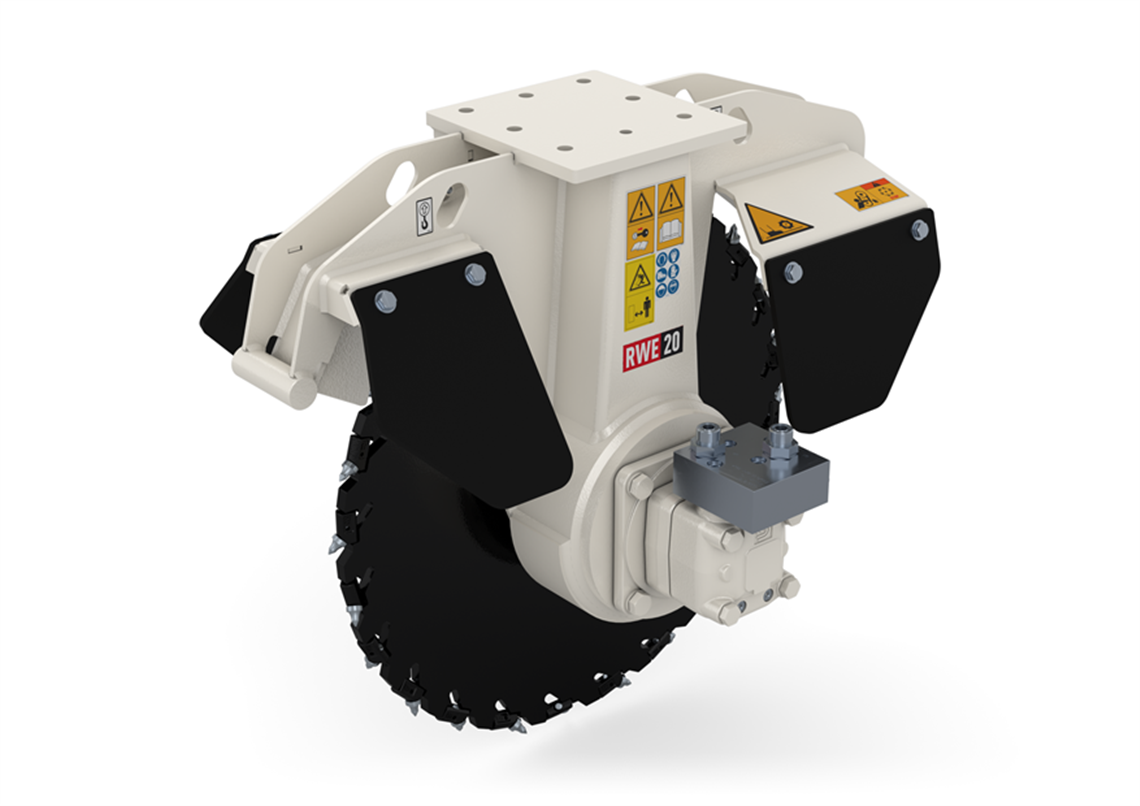
Simex has launched new wheel saws for the excavation of micro trenches for fibre-optic cables. The RWE 15 and RW 150 saws attach to compact excavators or skid-steer loaders, often used in urban spaces, where fibre-optic cables run into buildings. The saws are designed to cut slots and trenches of between 25 and 50mm, to a depth of 100 to 150mm, on hard and compact surfaces, such as asphalt and concrete. Simex says the fact that its new saws can be attached to excavators of between 1.5 and 3.5 tonnes, and to skid-steer loaders, is due to the addition of a mechanical side shift. |
Next-gen drills from Tracto-Technik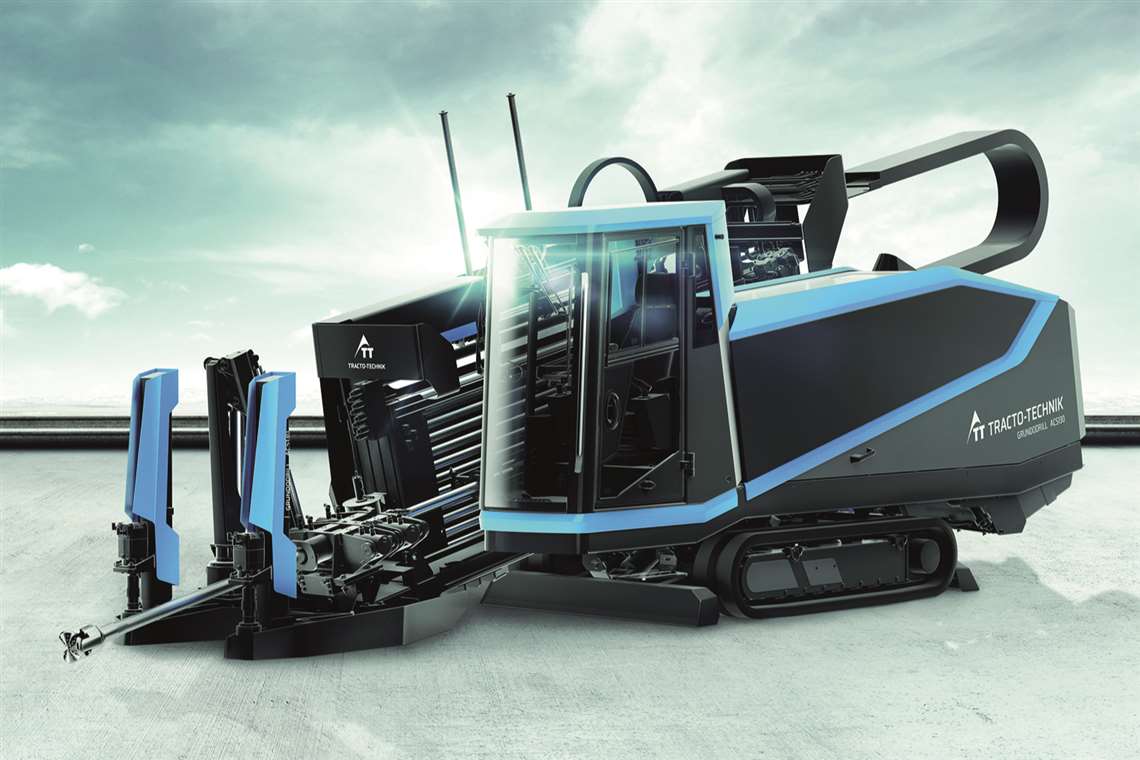
Last year, Tracto-Technik launched its new generation of Grundodrill horizontal drilling rigs. The six-model series ranges from 60 kN to 280 kN, with the machines incorporating a modular design, allowing users to configure the rigs according to their individual requirements. The Grundodrill range features increased rotation power and drilling fluid capacity, combined with high drive power, allowing the rig to be adapted to suit different geologies. Throughout the classes, the rigs can be used as jet condition systems (JCS), with normal rods, for conventional soils, or as all condition systems (ACS), with twin-tube rods, suitable for complex geologies and rocks. In terms of the onboard technology, the Grundodrills are controlled via a central touchscreen, allowing for extensive automation and remote-controlled drilling. An integrated camera also provides the operator with an overview of all relevant areas of the drilling rig. |
STAY CONNECTED



Receive the information you need when you need it through our world-leading magazines, newsletters and daily briefings.
CONNECT WITH THE TEAM








